1. Sitting Too Close to the TV Will Ruin Your Eyes
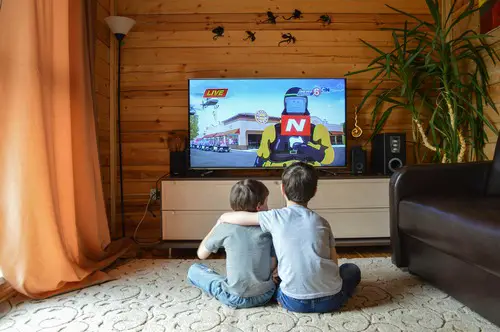
Remember being told to back away from the TV before you went blind? Boomers grew up with parents who swore that sitting too close would destroy their eyesight, but it turns out this was more fear than fact. The myth likely started in the ’60s when some TVs emitted excessive radiation, but modern screens don’t pose that risk. Eye strain can happen if you stare too long at a screen, but it’s temporary and won’t cause permanent damage. Ironically, many of the same parents who warned their kids are now glued to their phones and tablets. The real culprit behind worsening eyesight is genetics, aging, and lifestyle—not how close you sit to the screen says the Washington Post.
That said, staring at a screen for too long without breaks can cause discomfort, which is why experts recommend the 20-20-20 rule: every 20 minutes, look 20 feet away for 20 seconds. It’s more about giving your eyes a rest than preventing permanent harm. Despite what you may have heard, sitting close to the TV as a kid didn’t make you need glasses. The real irony? Some kids sat close because they were already nearsighted. Turns out, the TV wasn’t the problem—their vision just wasn’t great to begin with!
2. Cracking Your Knuckles Causes Arthritis
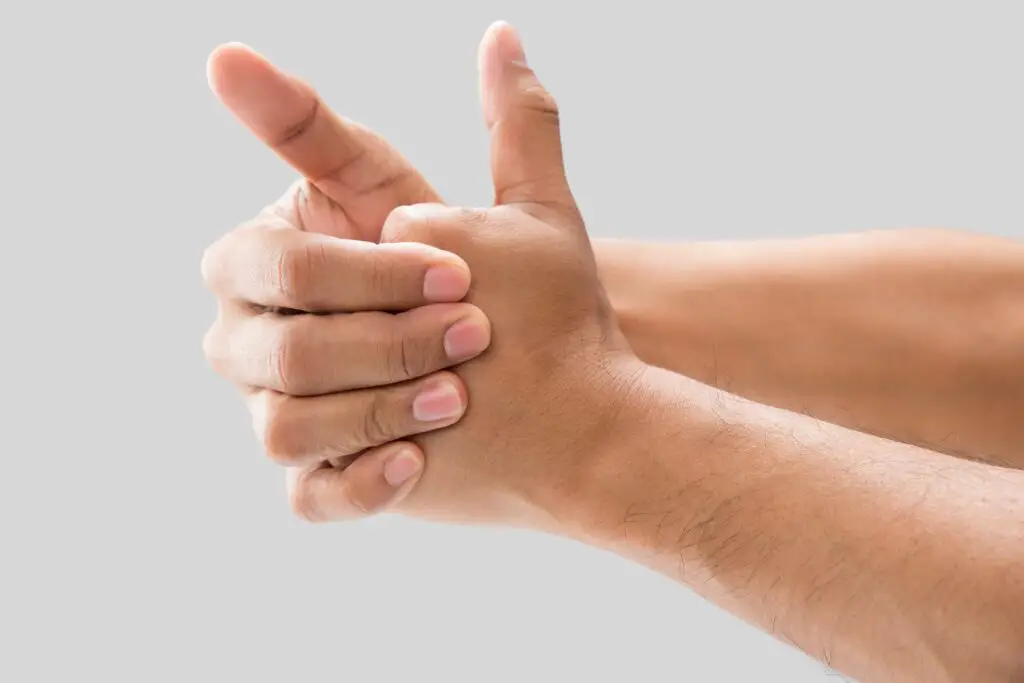
Boomers were constantly warned that cracking their knuckles would lead to arthritis, but science has repeatedly proven this isn’t true. The popping sound comes from gas bubbles bursting in the fluid that lubricates your joints, not bones grinding together. Multiple studies have shown no link between knuckle cracking and arthritis, yet the myth refuses to die. It likely started because parents found the sound annoying and needed a way to get kids to stop. While excessive cracking might lead to slightly weaker grip strength, it won’t cause arthritis shares EatingWell.
Interestingly, one doctor cracked his knuckles on just one hand for decades to test the theory—he found no difference between his hands in terms of arthritis risk. The only real downside to cracking your knuckles is that it might irritate those around you. Some people do it out of habit or as a way to relieve stress, and unless it’s causing pain, there’s no reason to worry. Next time someone scolds you for it, you can let them know science is on your side!
3. Swallowed Gum Stays in Your Stomach for Seven Years

This one was enough to make any kid panic if they accidentally swallowed their gum. Boomers grew up believing gum would sit in their stomachs for seven whole years, unable to digest. The truth? While gum isn’t easily broken down like other foods, it doesn’t just camp out in your stomach indefinitely. Your digestive system moves it along like everything else, and it usually passes within a few days. It might not break down completely, but it certainly doesn’t get stuck for years explains UNILAD.
The myth probably started as a scare tactic to stop kids from swallowing gum too often. While it’s not great to do frequently—especially in large amounts—it won’t turn into some indestructible mass in your stomach. Extreme cases of gum buildup are incredibly rare and usually involve excessive swallowing. But for the average person, one piece of gum isn’t going to cause any harm. So, if you ever swallowed a piece as a kid and spent years worrying about it, rest easy—it’s long gone.
4. You Lose Most of Your Body Heat Through Your Head
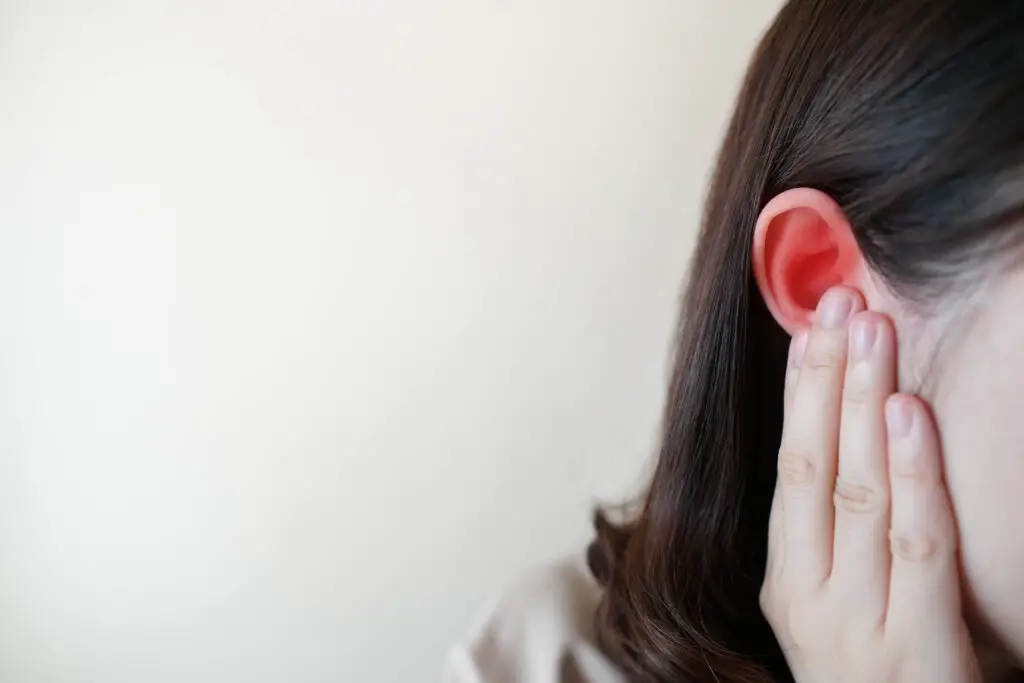
Boomers were constantly told to wear hats in winter because most of their body heat supposedly escaped through their heads. While staying warm is important, the idea that we lose most of our heat through our heads is a complete myth. This belief likely came from outdated military studies where soldiers were tested in freezing conditions without hats. Since their heads were uncovered, they lost more heat from that area—but that doesn’t mean the head is a magical heat vent adds the Weather Channel.
In reality, heat loss happens evenly across the body, depending on what’s exposed. If you go outside without gloves, you’ll lose heat from your hands. If your legs are bare, you’ll lose heat from there. Wearing a hat is still helpful in cold weather, but it’s no more important than covering any other body part. The bottom line? You lose heat wherever your skin is exposed, not just through your head.
5. Eating Carrots Gives You Super Vision

Boomers were raised believing that eating enough carrots would practically give them night vision. While carrots are healthy and contain vitamin A, which supports eye health, they won’t turn you into a superhero. This myth actually has roots in World War II propaganda. The British military spread the idea that their pilots had superior night vision thanks to eating carrots—when in reality, they had radar technology they didn’t want to reveal says Real Simple.
Vitamin A deficiency can cause vision problems, but eating an excess of carrots won’t give you sharper eyesight than normal. Too many, however, might turn your skin slightly orange due to beta-carotene buildup! While it’s still a great vegetable to include in your diet, it won’t single-handedly save your vision. If you want healthy eyes, a balanced diet with various nutrients is the way to go.
6. If You Cross Your Eyes, They’ll Get Stuck That Way
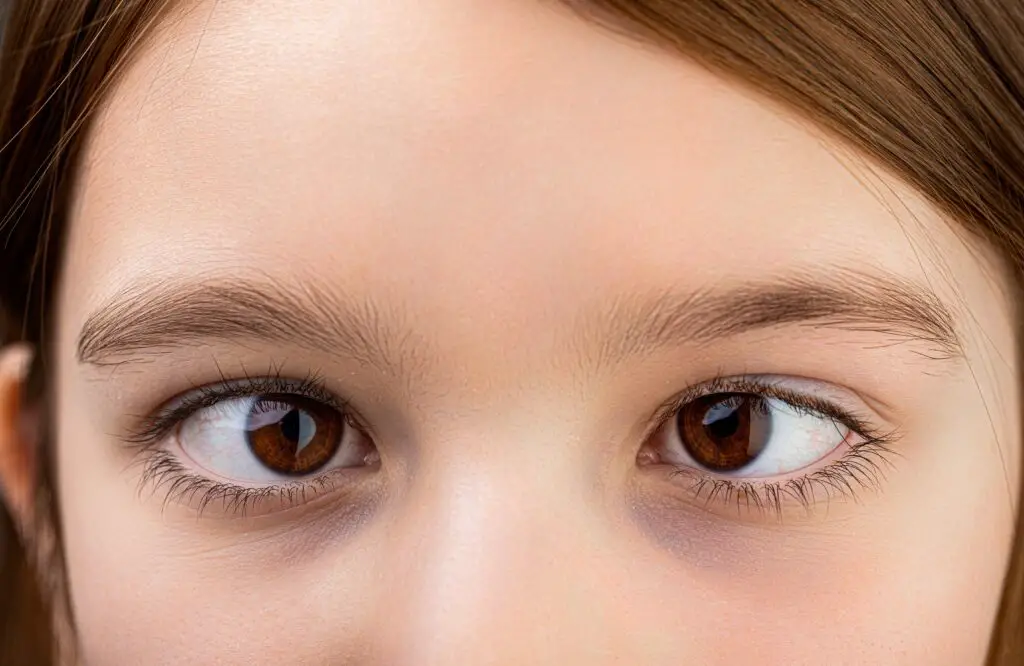
Plenty of Boomers were scared into keeping their eyes straight for fear of them permanently staying crossed. The truth is, your eye muscles work like any other muscles—they can move back and forth without getting “stuck.” Straining them for too long might cause temporary discomfort or fatigue, but it won’t lead to permanent cross-eyed vision. The myth likely originated as a way to discourage kids from making goofy faces.
Some people do have medical conditions that cause their eyes to stay misaligned, but crossing your eyes voluntarily isn’t going to cause this. The real danger? Looking at someone making a funny face and accidentally bursting into laughter at an inappropriate moment! Next time someone warns you about your eyes getting stuck, you can confidently tell them that’s just another old wives’ tale.
7. Cold Weather Causes Colds

Boomers heard this constantly: go outside without a coat, and you’ll catch a cold. While bundling up is smart in freezing temperatures, cold weather itself doesn’t make you sick—viruses do. The reason colds and flu are more common in winter has more to do with people spending time indoors in close quarters, making it easier for germs to spread. Cold air might dry out nasal passages, making it easier for viruses to enter, but the temperature itself isn’t making you sick.
This myth likely stuck around because people associated being outside in the cold with getting sick afterward. In reality, you can catch a cold just as easily indoors if you’re around someone who’s contagious. So, while you should still dress warmly to avoid frostbite or hypothermia, don’t stress about getting the sniffles just because you forgot your jacket.
8. Sugar Makes Kids Hyper

Boomers were often told that sugar was the root cause of hyperactive behavior in kids. This belief became so widespread that parents swore their children became uncontrollable after eating sweets. However, multiple scientific studies have debunked this theory. The so-called “sugar rush” is more psychological than biological. Parents who expect kids to be hyper after sugar often perceive normal behavior as more excitable.
The real reason kids go wild at birthday parties isn’t the cake—it’s the excitement, the social atmosphere, and the overall energy of the event. That doesn’t mean sugar is completely harmless, though. Excessive consumption can contribute to other health issues, like obesity and dental problems. But if a child is bouncing off the walls, it’s more likely the environment than the sugar itself.
9. A Dog’s Mouth Is Cleaner Than a Human’s

Boomers heard time and again that a dog’s mouth was somehow cleaner than a human’s, which led to plenty of kids getting slobbery kisses from their pets without a second thought. While it’s true that dogs have different bacteria in their mouths than humans, that doesn’t mean they’re cleaner. In reality, a dog’s mouth is filled with bacteria that are completely different from ours, including some that can be harmful to humans. Considering that dogs lick themselves, eat questionable things, and put their mouths on just about everything, the idea that their mouths are clean is more myth than fact.
That said, most bacteria in a dog’s mouth won’t make you sick unless you have an open wound or a weakened immune system. The reason dogs seem to heal their own wounds by licking them isn’t because of some magical antibacterial property—it’s just that licking helps remove dirt and debris, though it can also introduce infection. So, while your dog’s kisses probably won’t kill you, the idea that their mouths are cleaner than ours is just another piece of old-school misinformation.
10. You Need to Wait an Hour After Eating Before Swimming

Boomers were often warned that if they jumped into the pool right after eating, they’d get severe cramps and potentially drown. Parents swore by this rule, insisting that digestion pulled blood away from the muscles, making swimming dangerous. However, there’s no scientific evidence that eating before swimming causes any serious risk. While digestion does redirect some blood flow, it’s not enough to cause life-threatening cramps. The worst you might experience is mild discomfort if you overeat before exerting yourself.
The origin of this myth isn’t entirely clear, but it may have been a well-intentioned way for parents to get a little break between meal prep and lifeguarding their kids at the pool. While heavy meals might make you feel sluggish, there’s no real danger in taking a post-lunch dip. So, if you spent your childhood anxiously watching the clock before getting back in the water, you were worrying for nothing.
11. Butter Heals Burns

Many Boomers were taught that if you burned yourself, the best remedy was to slather on some butter. While it might seem soothing at first, putting butter on a burn is actually one of the worst things you can do. Butter traps heat, preventing the burn from cooling properly, which can make the damage even worse. The greasy layer also makes it harder for doctors to treat the burn later, as it can introduce bacteria and lead to infection.
The best way to treat a burn is to run cool water over it for at least ten minutes and then cover it with a clean, dry dressing. If it’s a severe burn, medical attention is necessary, not a trip to the fridge for a stick of butter. This myth has been around for generations, likely because butter was a common household item and felt soothing on irritated skin. But as much as Boomers trusted home remedies, this is one they should definitely leave in the past.
12. Shaving Makes Hair Grow Back Thicker
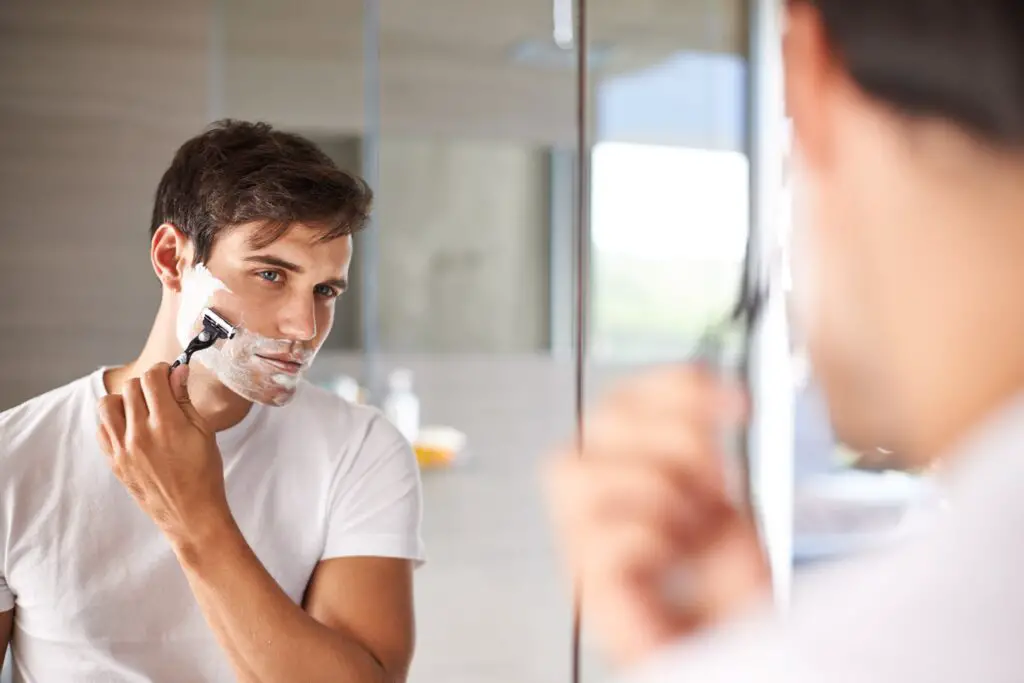
Many Boomers avoided shaving too soon because they were told it would make their hair grow back thicker and darker. This myth was enough to terrify plenty of teenagers into delaying their first shave, but science has proven it’s completely false. Shaving cuts hair at the surface, leaving a blunt edge that can make regrowth feel rougher or look darker at first. However, the hair itself isn’t actually thicker—it just appears that way until it grows out naturally.
Hair growth is determined by genetics and hormones, not how often you shave. If shaving really made hair grow back thicker, people struggling with hair loss would have the easiest solution in the world! Despite the truth being well-known now, this myth still gets passed around. So, if you ever hesitated before shaving for fear of making things worse, rest assured that it’s just another piece of outdated advice that doesn’t hold up to reality.
